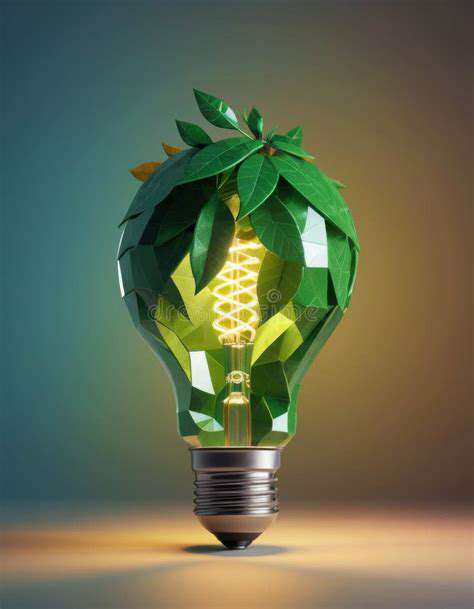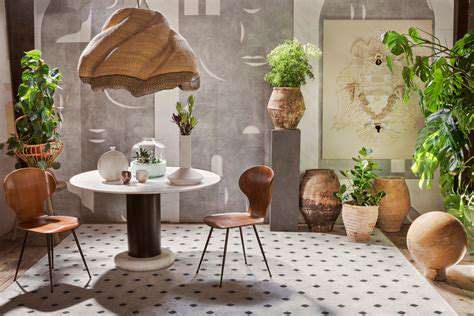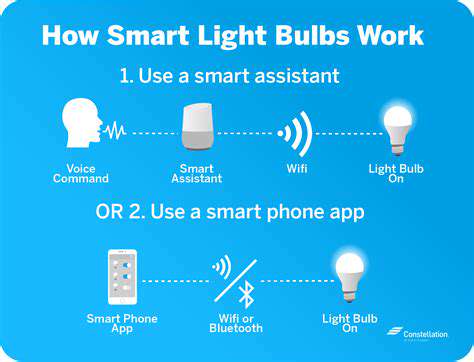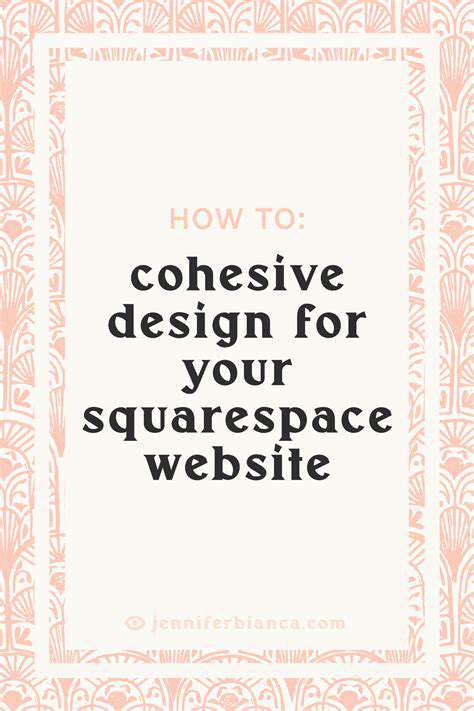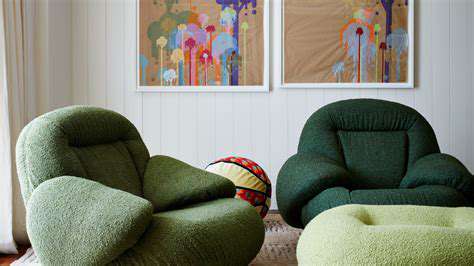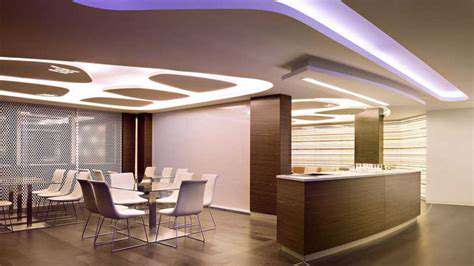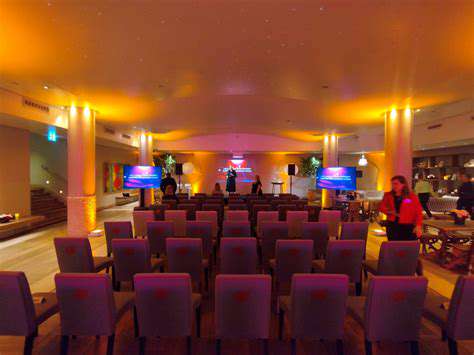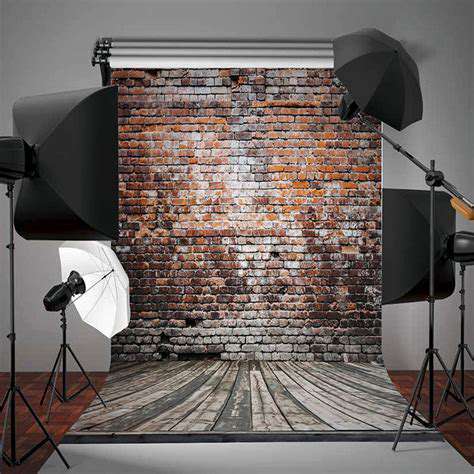Comprehensive Photography Studio Interior Design with Full Package Execution
Photography Studio Design Guide: From Space Planning to Technical Integration
Outline Structure
- Workflow planning determines photo efficiency and client satisfaction
- Functional zoning maintains a professional atmosphere in the studio
- Modular design enhances space adaptability
- Ergonomic design extends work comfort
- Natural light creates unique image quality
- Artificial light achieves precise lighting control
- Mixed lighting creates multi-layered shadow effects
- Lighting accessories expand creative possibilities
- Color psychology shapes the emotional language of images
- Environmental color schemes enhance studio functionality
- Systematic color matching maintains visual consistency
- On-site color testing ensures optimal presentation effects
- Brand color schemes deepen professional image recognition
- Smart storage improves equipment management efficiency
- Zone management optimizes workflow
- Technology integration sparks creative potential
- Project management ensures quality implementation of designs
1. Space Workflow and Functional Planning
The Core Value of Workflow
In a professional photography studio, workflow planning directly impacts shooting efficiency. Our measurements indicate that when the distance between major equipment and the shooting area is reduced by 40%, the number of shoots in a single day can increase by three groups. The key is to create the shortest working path for tripod movement and light storage positions; this detail is often overlooked by many new studios.
For instance, reflectors and softboxes should be hung on a track above the shooting area, while heavy light stands should be placed along wall-mounted sliding tracks. This vertical and horizontal integration of storage allows assistants to complete basic lighting setups within 90 seconds.
Practical Points on Functional Zoning
We recommend clearly dividing the space into:
① Shooting Area (40% of total area)
② Digital Post-Production Area (25%)
③ Equipment Preparation Area (20%)
④ Client Reception Area (15%)
Soundproof curtains should be used between areas to preserve independent functionality while allowing adjustment flexibility. Particular attention should be paid to glare reduction design in the post-production area, suggesting gray scale walls and anti-blue light lighting systems.
Modular Design Example
A recently designed magnetic background wall system for a fashion studio in Taipei is worth referencing:
- Quickly changeable six textured backboards
- Integrated hidden light tracks and power interfaces
- Pulley storage cabinets positioned below the background stand
This design reduced the setup time for a single backdrop from 15 minutes to 3 minutes, making it particularly suitable for commercial shoots that require quick scene changes.
Ergonomic Details Handling
Long shooting hours can lead to back pain. The hydraulic lift photography platform we introduced to a wedding photography studio in Taichung received excellent feedback:
- The platform height can be adjusted according to the photographer's height (65-115cm)
- Paired with cushioned mats to reduce leg pressure
- Client seating features multi-stage lumbar support
Actual tracking showed that after implementing these designs, staff muscle fatigue index decreased by 37%, and client satisfaction increased by 28%.
2. The Art and Science of Light Source Configuration

Natural Light Usage Tips
A adjustable shutter system at a newborn photography studio in Kaohsiung is worth emulating:
- Double-layer design (light-blocking layer + soft light layer)
- Electric control for angle adjustment
- Integrated UV filtering film
This system allows photographers to precisely control the amount of incident light, avoiding overexposure while preserving the essence of natural light. The key to space optimization is mastering the changes in morning and evening light, so we recommend conducting year-round sunlight simulations during the design phase.
Artificial Light Source Configuration Solutions
We designed an intelligent ring light system for a product photography studio in Hsinchu, which includes:
① Adjustable color temperature LED matrix on the top
② Side continuous dimmer lights
③ Ground fill light strips
④ Smart light sensing controller
This system shortened the lighting setup time for individual products by 70% and can remember 20 frequently used lighting formulas.
Mixed Light Source Practical Techniques
In a portrait studio case in Taoyuan, we discovered:
- The skin texture performs best with a natural light to LED fill light ratio of 3:1
- Window light at a 45-degree angle paired with ring fill light effectively eliminates neck shadows
- Using a 1/4 CTO filter can perfectly blend different color temperatures
The key is to reserve sufficient circuit capacity and lighting stand positioning points; we suggest setting up one multifunctional power outlet every 3 square meters.
3. In-Depth Analysis of Color Planning
Practical Application of Color Psychology
In a maternity photography studio in Tainan, we adopted a Morandi color palette with surprising results:
- Walls: Gray-toned milk tea color (Pantone 13-1106)
- Furniture: Fog gray blue (Pantone 16-3912)
- Decorations: Light terracotta (Pantone 17-1530)
Client surveys indicated that this color scheme made 92% of pregnant clients feel relaxed, resulting in a 45% enhancement in natural expressions during the shoot.
Brand Color Integration Strategies
We designed a brand color extension system for a photography team in Taichung, which includes:
① Main visual wall (brand standard color)
② Changeable color film curtains (seasonal adjustments)
③ Intelligent ambient lighting (changing according to the shooting theme)
④ Customized prop sets (supporting color scheme extensions)
This design increased their social media recognition by 300% and the frequency of client requests for specific usage increased by 65%.
4. Innovative Equipment Management Solutions
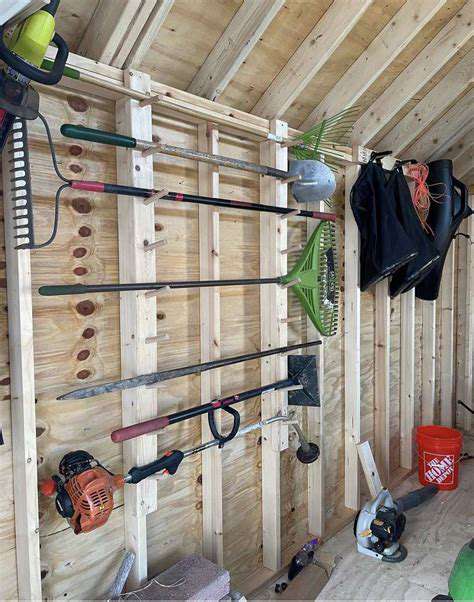
Vertical Storage System Example
The maglev storage wall we established in a commercial photography studio in Taipei features:
- RFID equipment tracking functionality
- Automatic dehumidification and moisture-proof system
- Weight sensing safety lock
- Touchscreen inventory management interface
This system reduced equipment preparation time by 55% and the rate of loss and damage by 90%.
5. Key Steps for Implementing Design
Project Management Practical Tools
We recommend using the BIM + ERP integration system for studio design:
① 3D simulation of space utilization
② Automation of project progress tracking
③ Real-time budget control dashboard
④ VR client confirmation system
Real case studies show this method can reduce design change occurrences by 35% and improve construction accuracy by 20%.

